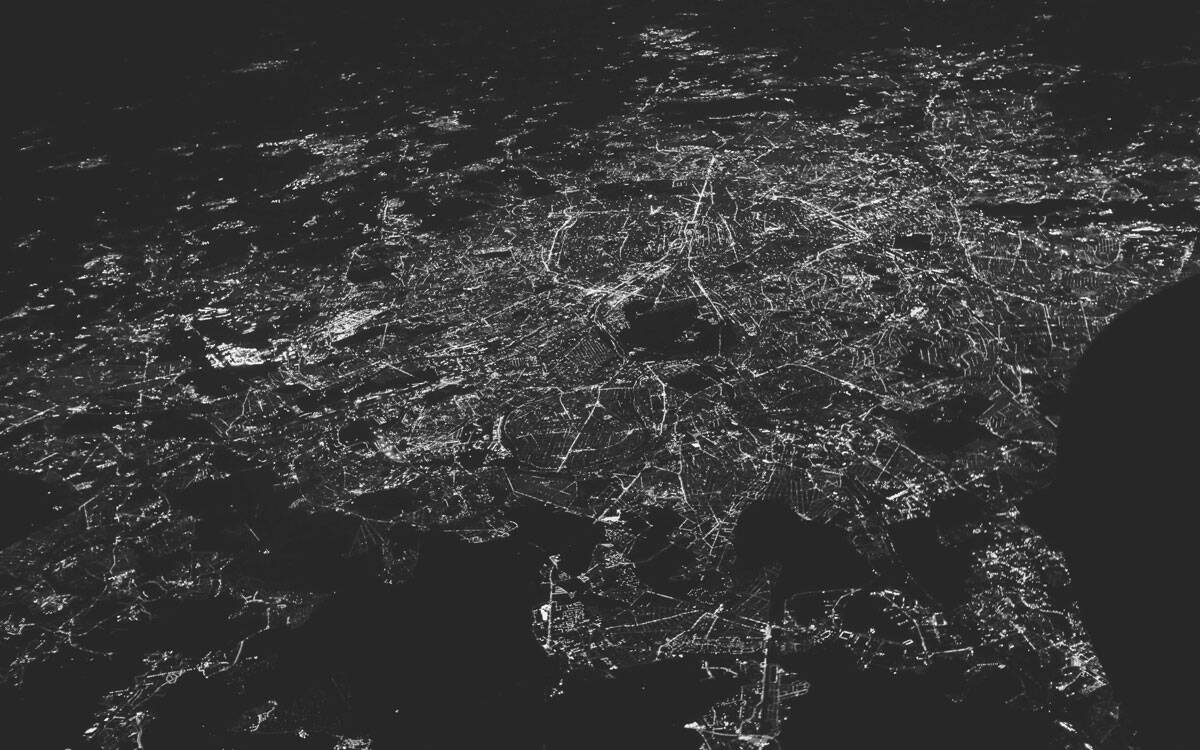Sources
- Bringing transparency to the rice trade, Stephen Edkins, CEO RiceEx
- Blockchain platform for global rice trade, Supply chain movement
- Agriculture on the Blockchain: Sustainable Solutions for Food
- Farmers, and Financing, Henry M. Kim, Marek Laskowski
- Use of Blockchain Technology in Agribusiness: Transparency and Monitoring in Agricultural Trade, Semou Faye Papa
Buying and selling rice through blockchain
Ricex is the first digital platform designed for the buying and selling of rice; the largest agricultural commodity in the world. The traditional rice trade today is burdened by delays, high processing costs and fraud. And usually the people pulling the shortest ends are either the farmer at the beginning of the chain, or the buyer at the end of the chain. Inefficient systems hurt everyone but affect those in need the most. Rice feeds more people than any other crop, almost half the world’s population eats it every day, and it accounts for more than 20% of the calories consumed by the average Asian, and 50% of the intake of the poorest layer of society. The Rice Exchange platform simplifies the rice trade, lowers transaction costs and back-end operations, and provides transparency. The platform aims to streamline the trading process by providing insurance, shipping information, inspections and automated settlement to participants.
Digital banking through new wave apps
In many developing countries, basic formal financial services still reach only 10% of the rural communities and the poorest customers are often unprofitable for commercial banks. For many farmers in rural areas financial transactions are mostly cash-based. The process of handling, delivering and collecting cash is slow and expensive and is subject to risks such as theft and loss. Small rural businesses and international migrants often struggle to open accounts or send home remittances, and often face higher rates of interest on credit because of issues of identity verification, a lack of basic infrastructure, currency risk and inflation. In recent years, countless companies in Africa have focused on people in rural areas, who want to transfer small amounts quickly. They respond to the growing number of Africans with a mobile phone and access to the internet. Their services are attractive, because they require less paperwork than banks. These existing apps could benefit from blockchain, because it can be used to identify individuals by adding data to the chain to identify customers or by using cryptocurrencies. Digital payment services have already proven to reduce costs and risks from cash-based transactions, while also generating data on value users’ cash flows which can be used to assess their credit risk.
Improving trade positions
The ways blockchain’s transparent information can improve small rural farmers’ lives, seem limitless. For example, many farmers in rural areas produce too much food by default, in case part of the harvest fails. Too much produce means a disbalance on the selling market which leads to lowering prices. When farmers don’t sell all of their produce, it often happens that unsold surplus is burnt. By using information provided through blockchain, farmers can change their strategy and start growing different crops, improving their trade position. Blockchain applications could also help co-op farmers retain more of their profits, by gaining knowledge on sustainable farm practices, enabling them to implement techniques for a more resilient future.
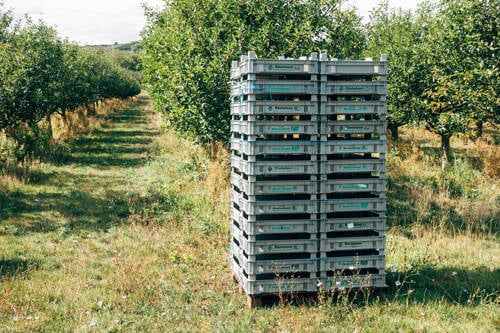
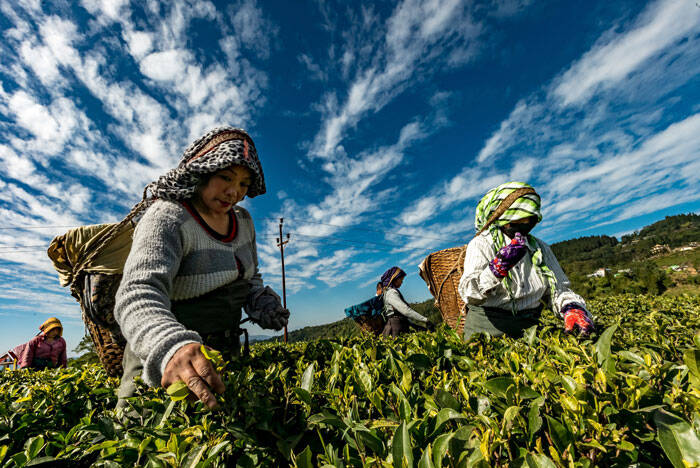
Digital support network
Farmer cooperatives usually enhance their competitive advantage by collaborating on projects working together, exchanging information. But as personal networks are weakening due to climate change and migration, blockchain applications can form a new kind of support at the local level. Blockchain can provide information of the entire process that an item of food runs through; from production to sale. This information then can be used to save both costs and time. For example, using blockchain applications, farmers are able to access accurate price information and gain knowledge on which products in surrounding areas are produced.
More than just crypto currency
Generally, the robust and decentralized functionality of the blockchain is known for its financial applications. However, blockchain’s uses go far beyond virtual money and offers great potential in other sectors, contracts and operations such as tracking of the global supply chain. In the agriculture context, information and communications technology can be further implemented with a blockchain infrastructure to enable new farm systems.
Blockchain offers many more opportunities for improving transparency, efficiency but also increased competitiveness of agrifood and the position of farmers in the value chain. The blockchain technology can track the origin of food and therefore help to create trustworthy food supply chains and build trust between producers and consumers.
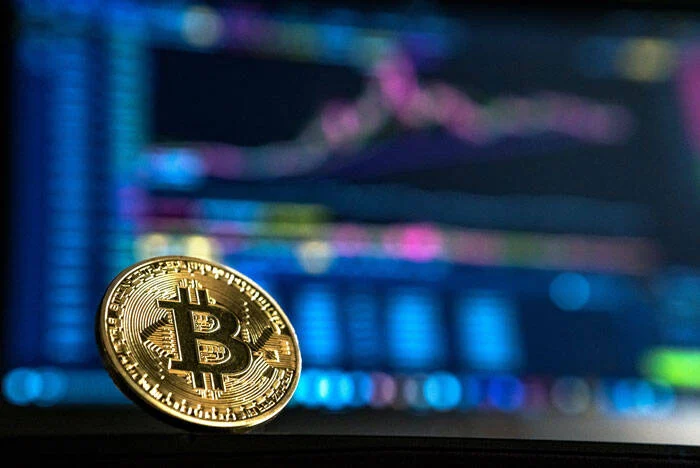
Bitcoin
Most people associate blockchain with digital money, also known as crypto currency. The most famous being bitcoin. A bitcoin is a form of digital money which is in fact a sort of computer file, stored in a digital wallet app on a smartphone or computer. People can use bitcoins for actual transactions. Every single transaction is recorded in a public list called the blockchain.
Blockchain: knowledge is power
Blockchain technology offers transparency, relatively low transaction costs and instantaneous applications. A blockchain is a distributed database of records in the form of encrypted blocks, or a public ledger of all transactions or digital events that have been executed and shared among participating parties and can be verified at any time in the future. Although the mechanics of blockchain are very complex, the basic idea is simple: block chain decentralizes the storage of data so that such data can’t be owned, controlled or manipulated by a central actor.
Rural resilience using transparent data
Today, though, farmers’ personal networks are weakening. Farms are increasingly challenged by extreme weather, droughts and floods due to unsustainable farming practices and climate change, causing people to migrate in search of safety or opportunity, leaving people staying behind in weaker positions. Commodity prices at local and national levels, as well as global trade flows, are predicted to shift with climate change. Rural resilience is key to decrease uncertainty and mitigate hunger and climate change. One of the best ways to do so is by enabling farmers with technologies that connect them with information and institutions that can help to fill the gap in weakened social networks. With access to transparent data, markets, and financial services, farmers can plant, fertilize, harvest, and sell products more effectively and for a better price.
It's safe to say that although the world is facing all kinds of challenges due to the pandemic, the clock keeps ticking on the goal to tackle global hunger and food security. Regarding the challenges towards achieving food security, agriculture has been prioritized by countries as a sector for action. People in rural areas have always relied on their personal networks to facilitate the exchange of information and goods, to help diversify their diets, strengthen farming techniques and prevent hunger.
Back in 2015 when the United Nations Sustainable Development Goals (SDGs) were established throughout the world, number two on the list was: ending worldwide hunger by 2030. However since then, the number of people living without sufficient amounts of food has increased with 60 million people, to a total of 690 million. COVID-19 will add an estimated 132 million more. Although it might seem totally unrelated, a solution to help solve hunger might lie in using blockchain.
Lisa Appels Xiao Er Kong

Will blockchain unleash the revolution in rural agriculture?
Food security through digital networks
TRENDWATCH
6 min
food security through digital networks


Sources
- Bringing transparency to the rice trade, Stephen Edkins, CEO RiceEx
- Blockchain platform for global rice trade, Supply chain movement
- Agriculture on the Blockchain: Sustainable Solutions for Food
- Farmers, and Financing, Henry M. Kim, Marek Laskowski
- Use of Blockchain Technology in Agribusiness: Transparency and Monitoring in Agricultural Trade, Semou Faye Papa

Buying and selling rice through blockchain
Ricex is the first digital platform designed for the buying and selling of rice; the largest agricultural commodity in the world. The traditional rice trade today is burdened by delays, high processing costs and fraud. And usually the people pulling the shortest ends are either the farmer at the beginning of the chain, or the buyer at the end of the chain. Inefficient systems hurt everyone but affect those in need the most. Rice feeds more people than any other crop, almost half the world’s population eats it every day, and it accounts for more than 20% of the calories consumed by the average Asian, and 50% of the intake of the poorest layer of society. The Rice Exchange platform simplifies the rice trade, lowers transaction costs and back-end operations, and provides transparency. The platform aims to streamline the trading process by providing insurance, shipping information, inspections and automated settlement to participants.
Digital banking through new wave apps
In many developing countries, basic formal financial services still reach only 10% of the rural communities and the poorest customers are often unprofitable for commercial banks. For many farmers in rural areas financial transactions are mostly cash-based. The process of handling, delivering and collecting cash is slow and expensive and is subject to risks such as theft and loss. Small rural businesses and international migrants often struggle to open accounts or send home remittances, and often face higher rates of interest on credit because of issues of identity verification, a lack of basic infrastructure, currency risk and inflation. In recent years, countless companies in Africa have focused on people in rural areas, who want to transfer small amounts quickly. They respond to the growing number of Africans with a mobile phone and access to the internet. Their services are attractive, because they require less paperwork than banks. These existing apps could benefit from blockchain, because it can be used to identify individuals by adding data to the chain to identify customers or by using cryptocurrencies. Digital payment services have already proven to reduce costs and risks from cash-based transactions, while also generating data on value users’ cash flows which can be used to assess their credit risk.

Improving trade positions
The ways blockchain’s transparent information can improve small rural farmers’ lives, seem limitless. For example, many farmers in rural areas produce too much food by default, in case part of the harvest fails. Too much produce means a disbalance on the selling market which leads to lowering prices. When farmers don’t sell all of their produce, it often happens that unsold surplus is burnt. By using information provided through blockchain, farmers can change their strategy and start growing different crops, improving their trade position. Blockchain applications could also help co-op farmers retain more of their profits, by gaining knowledge on sustainable farm practices, enabling them to implement techniques for a more resilient future.
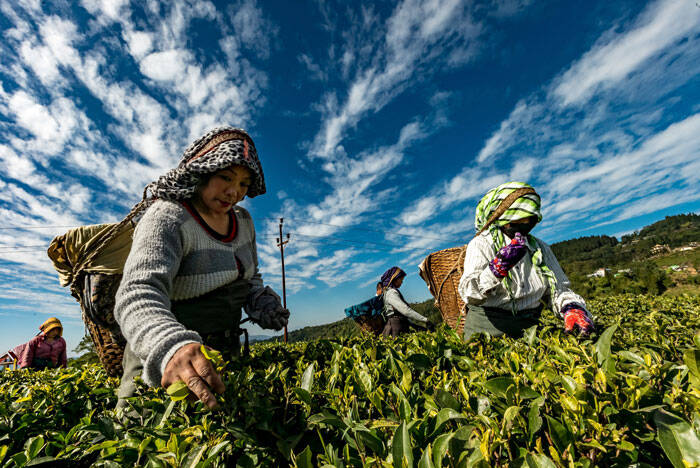
Digital support network
Farmer cooperatives usually enhance their competitive advantage by collaborating on projects working together, exchanging information. But as personal networks are weakening due to climate change and migration, blockchain applications can form a new kind of support at the local level. Blockchain can provide information of the entire process that an item of food runs through; from production to sale. This information then can be used to save both costs and time. For example, using blockchain applications, farmers are able to access accurate price information and gain knowledge on which products in surrounding areas are produced.
More than just crypto currency
Generally, the robust and decentralized functionality of the blockchain is known for its financial applications. However, blockchain’s uses go far beyond virtual money and offers great potential in other sectors, contracts and operations such as tracking of the global supply chain. In the agriculture context, information and communications technology can be further implemented with a blockchain infrastructure to enable new farm systems.
Blockchain offers many more opportunities for improving transparency, efficiency but also increased competitiveness of agrifood and the position of farmers in the value chain. The blockchain technology can track the origin of food and therefore help to create trustworthy food supply chains and build trust between producers and consumers.

Bitcoin
Most people associate blockchain with digital money, also known as crypto currency. The most famous being bitcoin. A bitcoin is a form of digital money which is in fact a sort of computer file, stored in a digital wallet app on a smartphone or computer. People can use bitcoins for actual transactions. Every single transaction is recorded in a public list called the blockchain.
Blockchain: knowledge is power
Blockchain technology offers transparency, relatively low transaction costs and instantaneous applications. A blockchain is a distributed database of records in the form of encrypted blocks, or a public ledger of all transactions or digital events that have been executed and shared among participating parties and can be verified at any time in the future. Although the mechanics of blockchain are very complex, the basic idea is simple: block chain decentralizes the storage of data so that such data can’t be owned, controlled or manipulated by a central actor.
Rural resilience using transparent data
Today, though, farmers’ personal networks are weakening. Farms are increasingly challenged by extreme weather, droughts and floods due to unsustainable farming practices and climate change, causing people to migrate in search of safety or opportunity, leaving people staying behind in weaker positions. Commodity prices at local and national levels, as well as global trade flows, are predicted to shift with climate change. Rural resilience is key to decrease uncertainty and mitigate hunger and climate change. One of the best ways to do so is by enabling farmers with technologies that connect them with information and institutions that can help to fill the gap in weakened social networks. With access to transparent data, markets, and financial services, farmers can plant, fertilize, harvest, and sell products more effectively and for a better price.
It's safe to say that although the world is facing all kinds of challenges due to the pandemic, the clock keeps ticking on the goal to tackle global hunger and food security. Regarding the challenges towards achieving food security, agriculture has been prioritized by countries as a sector for action. People in rural areas have always relied on their personal networks to facilitate the exchange of information and goods, to help diversify their diets, strengthen farming techniques and prevent hunger.
Back in 2015 when the United Nations Sustainable Development Goals (SDGs) were established throughout the world, number two on the list was: ending worldwide hunger by 2030. However since then, the number of people living without sufficient amounts of food has increased with 60 million people, to a total of 690 million. COVID-19 will add an estimated 132 million more. Although it might seem totally unrelated, a solution to help solve hunger might lie in using blockchain.
Lisa Appels Xiao Er Kong
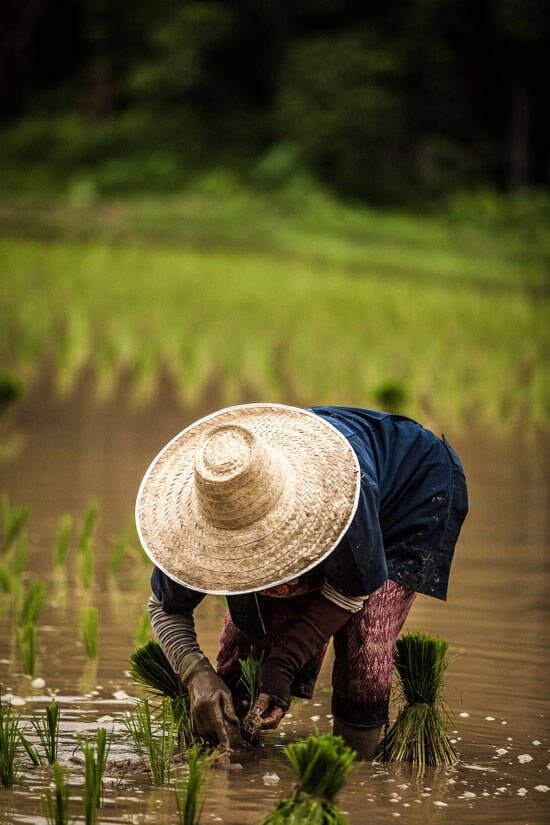
Will blockchain unleash the revolution in rural agriculture?
Food security through digital networks
6 min
